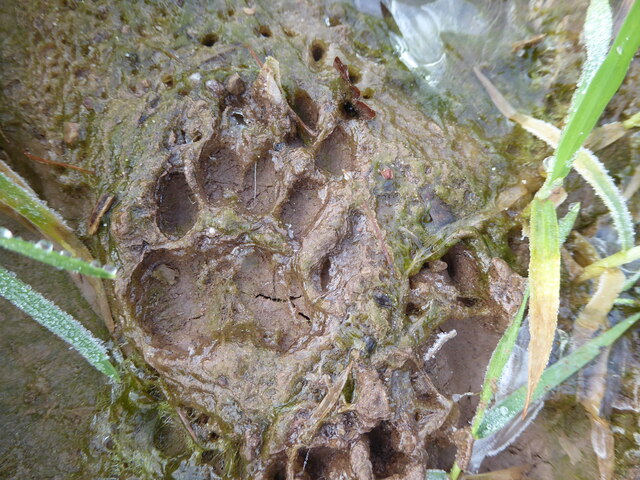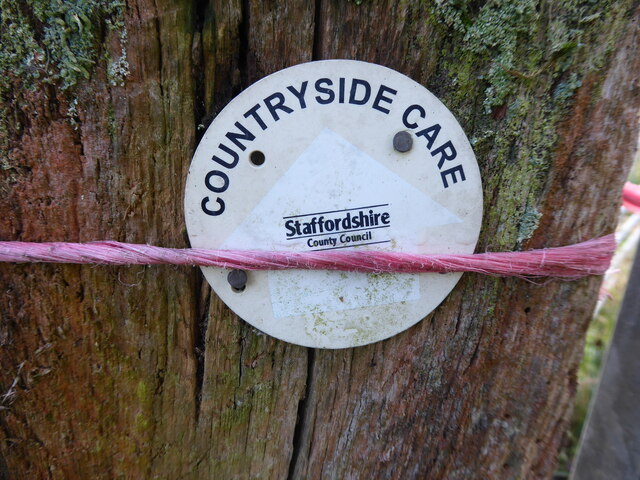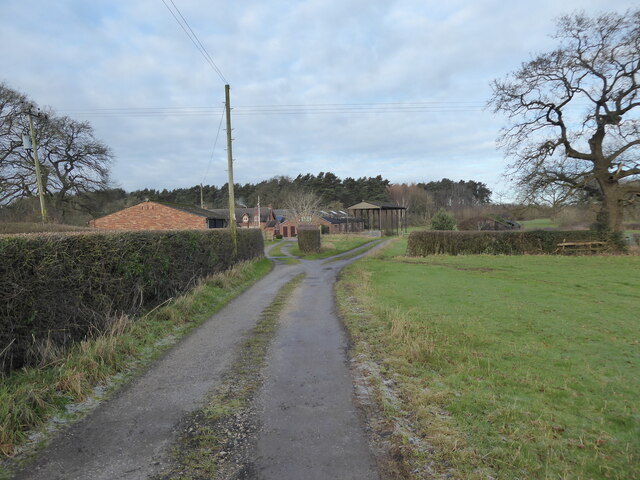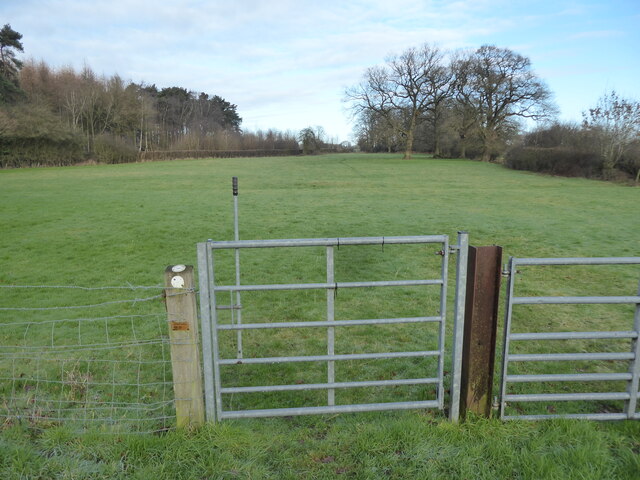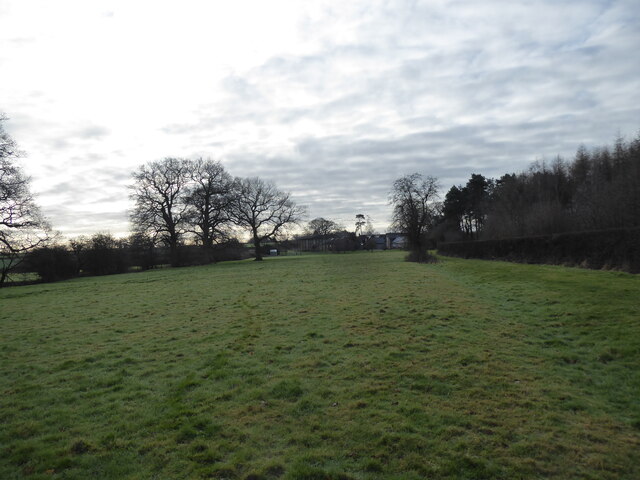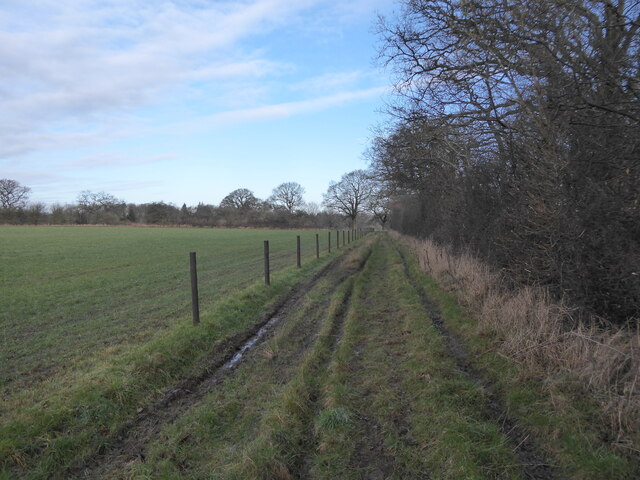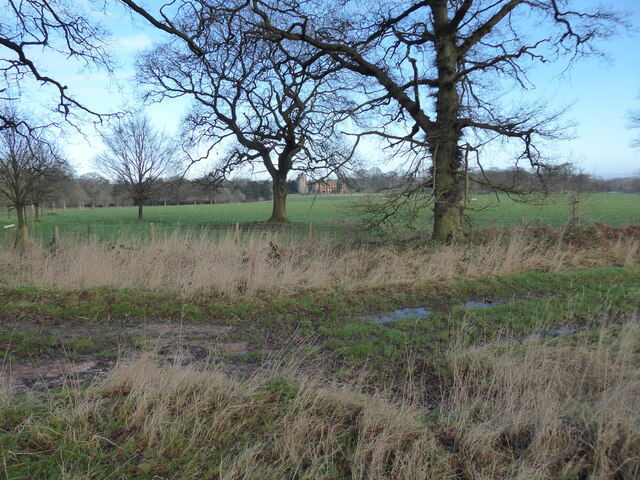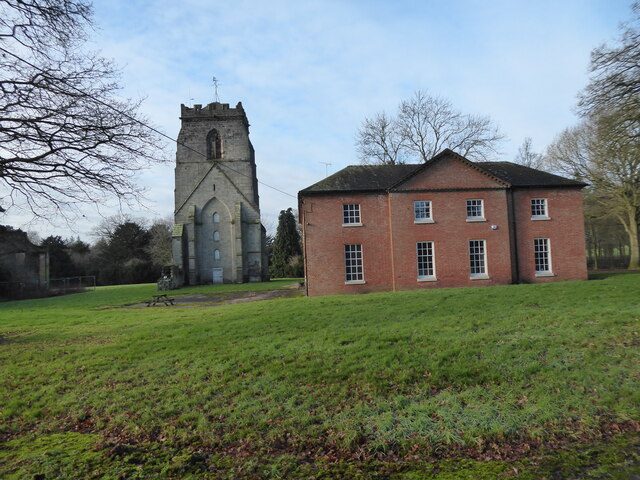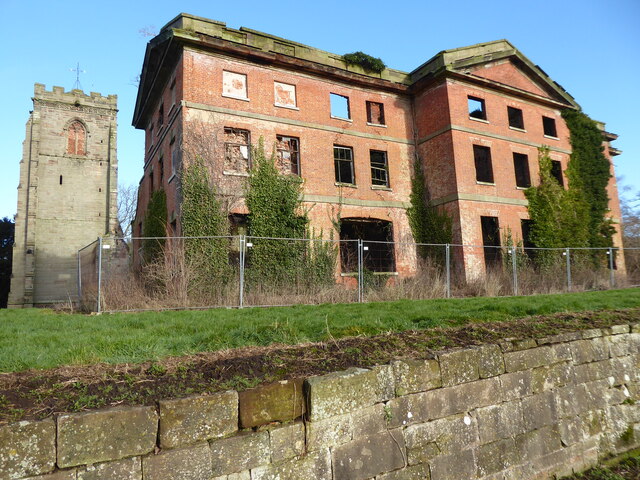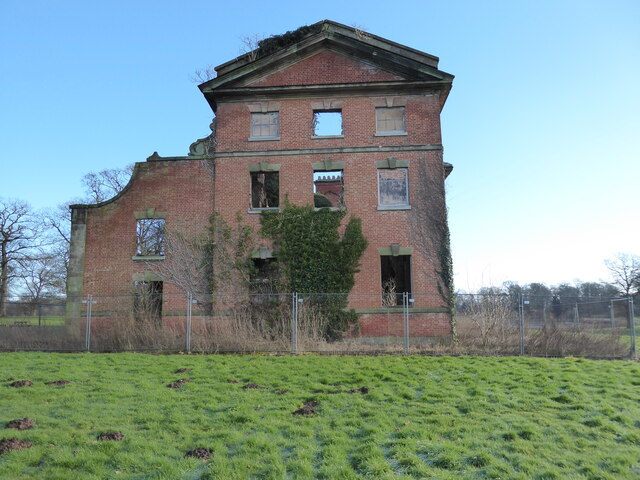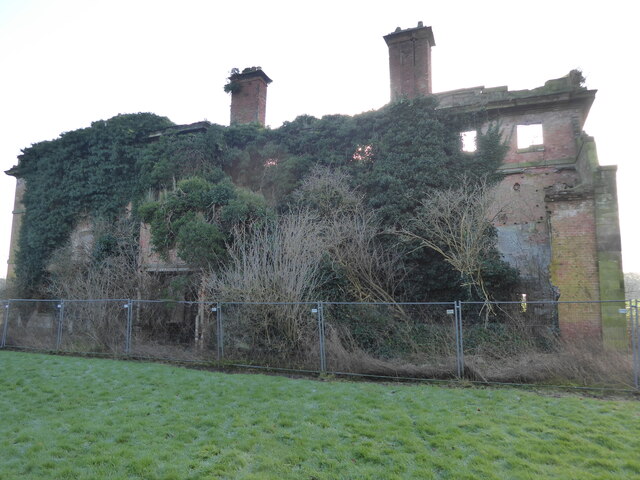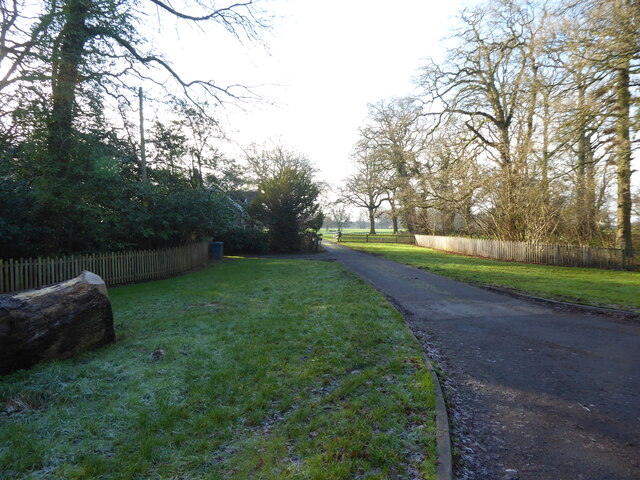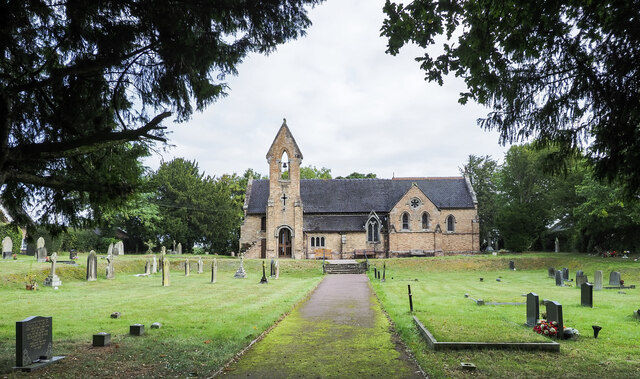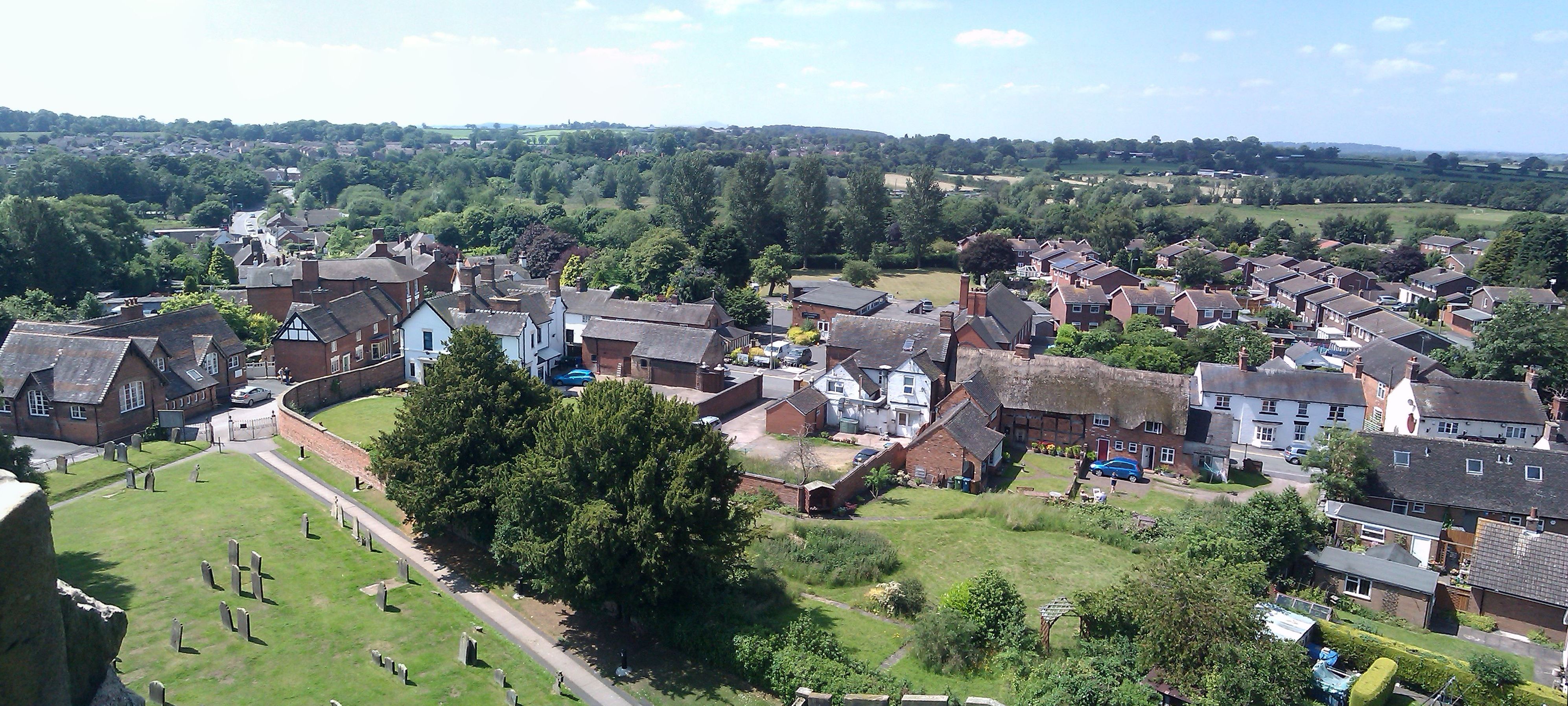Ash Wood
Wood, Forest in Staffordshire Stafford
England
Ash Wood
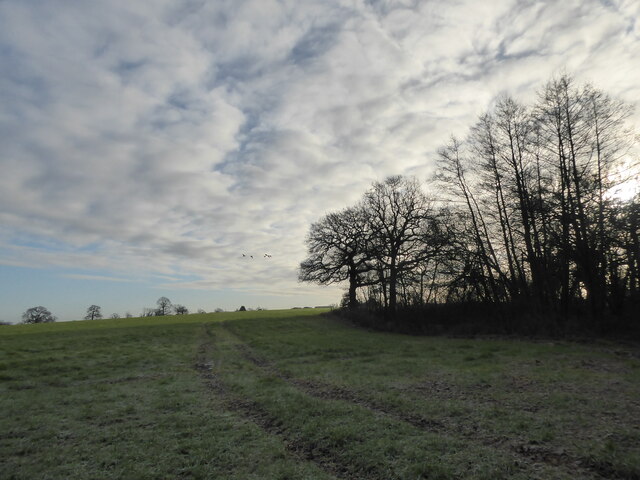
Ash Wood is a charming woodland located in the county of Staffordshire, England. Covering an area of approximately 50 hectares, it is a popular destination for nature enthusiasts and provides a tranquil escape from the bustling city life.
The wood is predominantly composed of ash trees, which give it its name. These tall, slender trees create a dense canopy that filters sunlight, creating a cool and shaded area beneath. The ash trees also provide a habitat for a variety of wildlife, including birds, squirrels, and various insects.
Visitors to Ash Wood can enjoy a leisurely stroll along the well-maintained footpaths that wind through the forest. The paths are easily accessible and suitable for all ages and abilities, making it an ideal location for a family outing or a peaceful walk alone.
The wood is particularly beautiful during spring when the forest floor is carpeted with bluebells, creating a stunning display of vibrant colors. In autumn, the leaves of the ash trees turn golden and create a picturesque scene.
Ash Wood is also home to a diverse range of plant species, including ferns, mosses, and wildflowers. These flora add to the natural beauty of the wood and attract a variety of butterflies and other insects.
Overall, Ash Wood is a delightful woodland that offers visitors a chance to connect with nature, appreciate the beauty of the English countryside, and enjoy a peaceful retreat away from the hustle and bustle of everyday life.
If you have any feedback on the listing, please let us know in the comments section below.
Ash Wood Images
Images are sourced within 2km of 52.815782/-2.2607832 or Grid Reference SJ8224. Thanks to Geograph Open Source API. All images are credited.
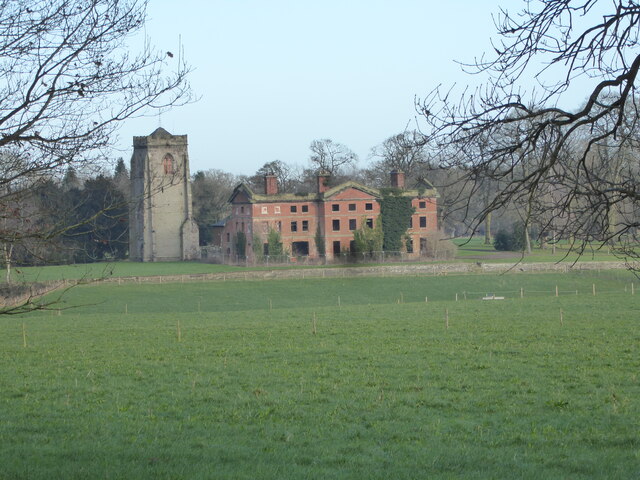
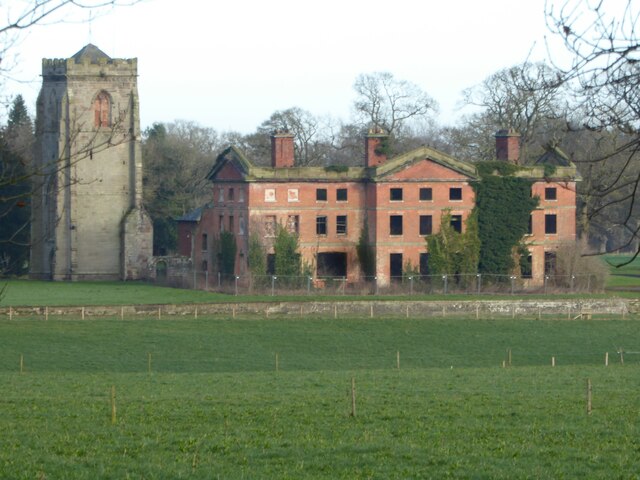
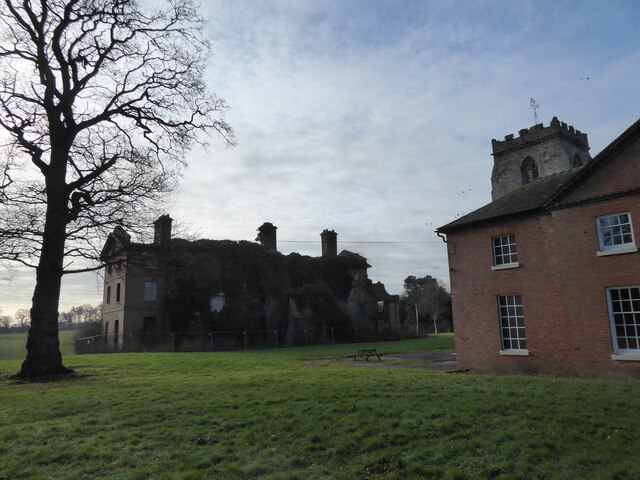
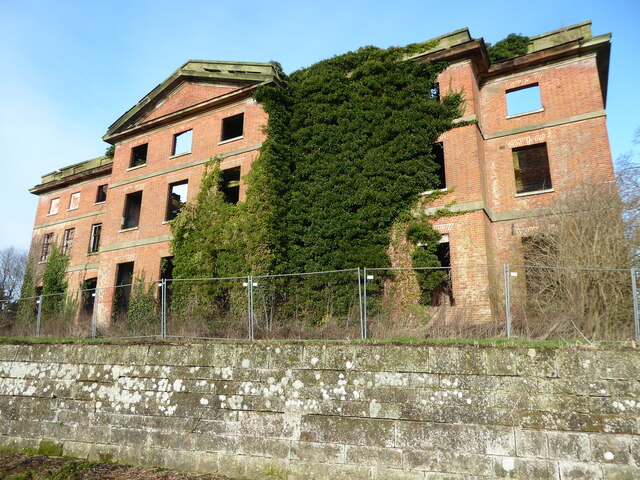
Ash Wood is located at Grid Ref: SJ8224 (Lat: 52.815782, Lng: -2.2607832)
Administrative County: Staffordshire
District: Stafford
Police Authority: Staffordshire
What 3 Words
///moment.prone.dreamers. Near Gnosall, Staffordshire
Nearby Locations
Related Wikis
Ranton Abbey
Ranton Abbey or Ranton Priory was an Augustinian Priory in Ranton, Staffordshire, England, built c.1150 by Robert fitz Noel of Ellenhall. The priory flourished...
Abbey House, Ranton
Abbey House is an early 19th-century ruined stately home in Ranton, Staffordshire, England. == History == The red-brick Regency house was built in 1820...
Knightley, Staffordshire
Knightley is a hamlet and former manor in Staffordshire, England. It is situated near the villages of Gnosall and Woodseaves, now on the B5405 road. There...
Ranton Green
Ranton Green is a small village in Staffordshire about a mile southwest of Ranton, Staffordshire and a mile northeast of Gnosall. It consists of a few...
Ellenhall
Ellenhall is a small Staffordshire village roughly 2.5 miles south of Eccleshall originally comprising part of the extensive estates of the Earl of Lichfield...
Woodseaves
Woodseaves is a village in Staffordshire, England. It lies in the civil parish of High Offley and is situated on the A519 (Newport-Newcastle-under-Lyme...
St Lawrence's Church, Gnosall
St Lawrence's Church is an Anglican church in Gnosall, Staffordshire, England. It is a Grade I listed building. The earliest parts of the church are of...
Gnosall
Gnosall () is a village and civil parish in the Borough of Stafford, Staffordshire, England, with a population of 4,736 across 2,048 households (2011 census...
Nearby Amenities
Located within 500m of 52.815782,-2.2607832Have you been to Ash Wood?
Leave your review of Ash Wood below (or comments, questions and feedback).
